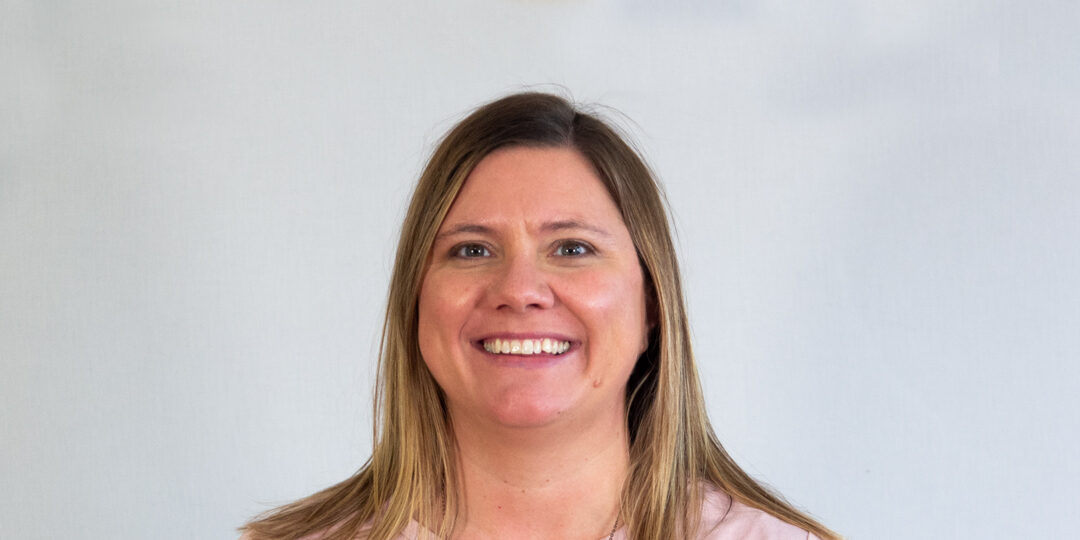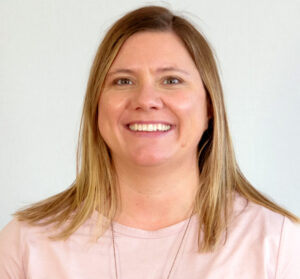By Angela Lunn, APNP, FNP-C, Nurse Practitioner
What is breast cancer?
Let’s start by going over the basics: breast cancer occurs when cells in the breast grow uncontrollably. It’s the most common cancer among American women after skin cancer, and yes, men can get it too!
- A lump in the breast or underarm
- Swelling or thickening in part of the breast
- Skin changes (dimpling, redness, flakiness)
- Nipple discharge (other than breast milk)
- Pain in any area of the breast
If any of these symptoms occur, please discuss your symptoms with your primary care provider. If breast cancer is caught early enough, the five-year survival rate is 99%.
While anyone can get breast cancer, certain factors increase the risk:
- Age: Most cases occur in people over 50.
- Genetics: BRCA1 and BRCA2 gene mutations significantly raise the risk.
- Family history: Having close relatives with breast cancer increases your chances.
- Lifestyle: Smoking, alcohol, obesity, and lack of exercise can contribute.
What are the types of breast cancer a person can get?
- Invasive ductal carcinoma (IDC): Starts in the milk ducts and spreads to the surrounding tissue.
- Invasive lobular carcinoma (ILC): Begins in the lobules (milk-producing glands).
- Triple-negative breast cancer: A more aggressive form that lacks three common receptors, making it harder to treat.
Self Exams & Mammograms
The best weapon against breast cancer is… early detection. One of the easiest ways for a person to find a lump or change in breast tissue is to do self-breast exams. We should be performing these exams at least monthly while in a warm shower. While doing self-exams, a person will be able to feel what is normal for their breasts and notice when things change. If something does change, call your primary care provider. It is better to find it early and find out if it is nothing then find out later that it is cancer.
A mammogram is another test that is done to detect early breast cancer, even when it can’t be felt during an exam. Women of average risk and between the ages of 40 and 49 can start annual screening. This can start at the age of 40. Women between the ages of 45 and 50 can begin biennial screening (every two years). Women ages 50 to 74 it is recommended to have this screening every two years. Women and higher risk might need to start screening sooner and more frequently. Higher risk factors include: BRCA1 or BRCA2 gene mutations, strong family history of breast cancer, and previous chest radiation therapy.
Whether you are a woman or a man, get to know the size, shape, and feel of your breasts. It could save your life.
Angela Lunn is a nurse practitioner and medical services manager for NorthLakes Community Clinic, Wisconsin, where everyone is served, regardless of their ability to pay, ensuring that all residents of northern Wisconsin have access to quality healthcare. For more information, visit nlccwi.org.








